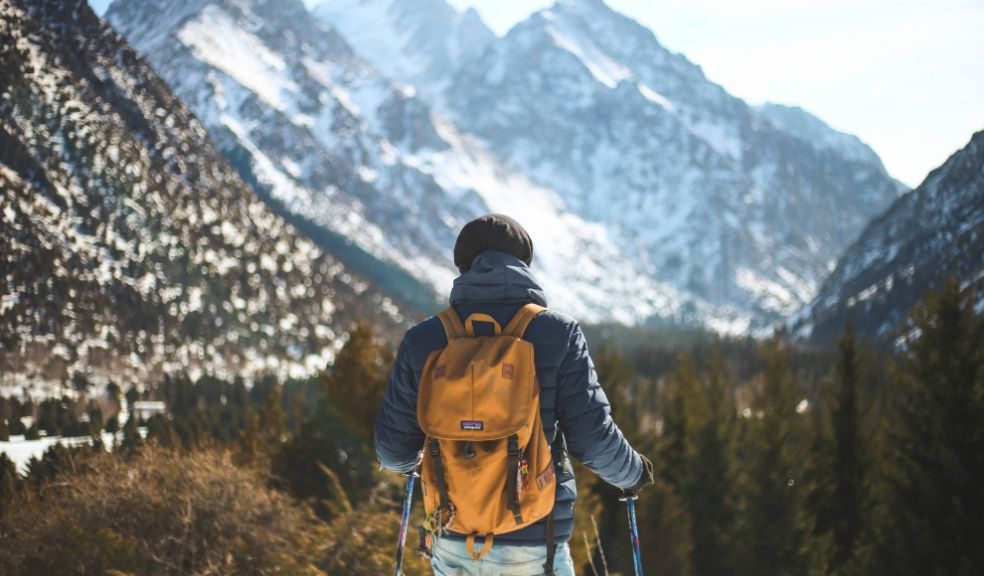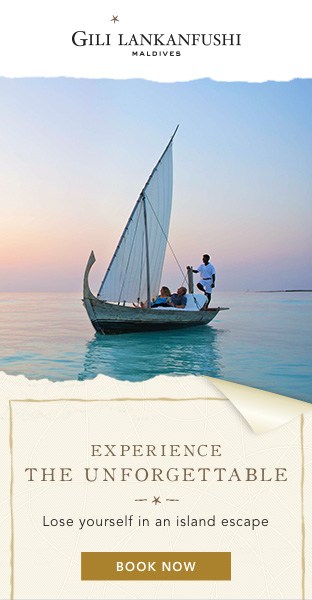
How Safe is Solo Hiking?
Solo hiking is an age-old hobby, but it’s recently been gaining popularity due to better accessibility. However, there has also been a rise in search and rescue operations, of which many are from solo adventurers. In the UK, there were almost 3,000 SAR helicopter outings in 2023, which was up by 6% compared to the year before. So, does this mean solo hiking is dangerous? The truth is that hiking has never been so safe. The numbers are reflected by increased accessibility and involvement, but this makes it even more important to spread education to newcomers
Understanding the Risks of Solo Hiking
Hiking alone does come with some challenges, and these are important to understand. Physical risks like falls or overexertion are certainly the main scares, particularly on Alpine or rural walks where you can easily sprain an ankle 10 miles from the closest town.
Environmental risks are also important to be diligent of, such as extreme weather like a quick downpour or intense fog that make navigation difficult.
Encounters with wildlife are also a threat. For example, hiking up a Romanian mountain range could lead you towards brown bears, though wild hogs and wolves are also important to be wary of in Europe. This is very location-dependent, but the biggest issue in Europe is people underestimating it.
Finally, getting lost or stranded is a higher risk when hiking alone, as there’s no one around to help navigate. But how great is the risk, and what can we do to overcome it?
Essential Safety Gear for Solo Hikers
Having the right gear is an absolute must. This includes a GPS device with offline maps for navigation and a long battery life. Included in this are satellite communicators, like the Garmin inReach Mini 2, which will allow you to call for help wherever you are. Already, your risks have considerably dropped. But ideally, you won’t need to call for help, because you will have a well-stocked first aid kit, as well as appropriate and layered clothing. Emergency blankets are a must.
When alone, you won’t be able to share resources. You will need sufficient amounts of water (and purification), particularly for rural hikes.
Choosing Well-Established Routes
One way to overcome most of these risks is simply by choosing a well-established route that isn’t too remote. For example, the Portuguese Camino route along the coast is essentially hopping from town to town. It’s got plenty of nature, but you will still stumble across many people and amenities. Ultimately, it’s way more forgiving and ideal for less experienced solo walkers. Misjudged how much water you need? You’ll likely come across a shop within a few kilometers. Gotten a chill from underdressing? You will be staying in a cosy lodge at the end of the day instead of wild camping.
Planning and Preparation
Good planning is essential for a safe solo hiking experience. This is why a pre-chosen trail, like the spiritual Camino routes organised by Santiago Ways is so safe. However, if you decide to go alone (even in your prep), then research the trail conditions and weather very intensely. Let your family know your trail and itinerary and try check in with them each evening. It’s also important to build up some fitness before heading off, because you’re going to be more vulnerable when fatigued.
Final Word
Hiking alone brings a special sense of freedom - it’s well worth it, even if it appears scary. The truth is, it may not be as risky as it sounds but it will entirely depend on the route you have chosen and how prepared you are. Ultimately, the most important thing will be to take satellite communication to get you out of trouble if you need help.
















